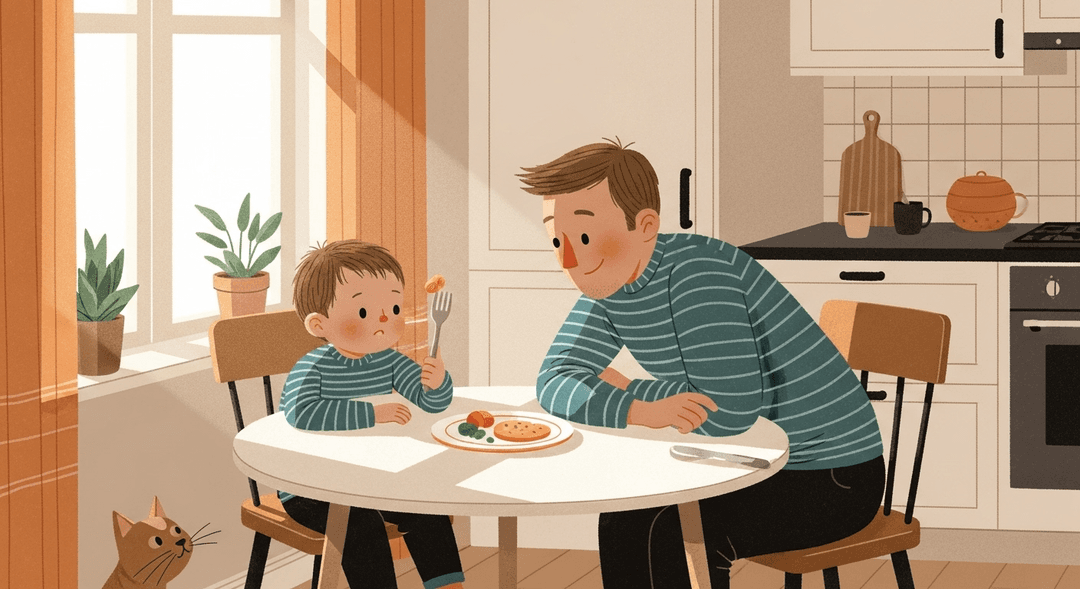Teach Them to Listen to Their Body's Hunger and Fullness Cues
Ever find yourself negotiating with a three-year-old about two more bites, only to realize you’re basically a tiny-food lawyer? If you’ve ever wondered whether your child is actually hungry or just preparing for a future in competitive snacking, this is for you. Let’s decode the mysterious art of ‘I’m full’—because apparently, kids’ stomachs are either bottomless pits or thimble-sized, with no in-between.
Helping kids tune into their hunger and fullness cues wires their brains for better self-regulation, lowers the risk of future overeating, and sets them up for a healthy relationship with food. For parents, it can mean less mealtime drama and more trust in your child’s ability to know their own body (even if it sometimes feels like their stomach is a black hole or a delicate flower—there’s no in-between).
How to do it
-
Offer a variety of foods at regular meal and snack times. Allow your child to decide how much they want to eat, without pressure.
-
Model healthy eating habits by checking in with your own hunger cues out loud. For example, say things like, “Hmm, I think I’m starting to feel full!”
-
Avoid bribing or coaxing your child to eat. Skip the “just one more bite” marathons and let them listen to their own bodies.
-
Talk about how different foods make our bodies feel, rather than labeling foods as “good” or “bad.” This encourages a positive relationship with food.
-
Trust the process. Some days your child may eat very little, like a baby bird, and other days they might eat a lot, like a ravenous bear. This variation is completely normal.
Key Tips:
- Stay consistent with meal and snack times.
- Focus on offering a variety of foods, not on how much is eaten.
- Use positive language around food and eating.
- Be patient—developing healthy eating habits is a gradual process.
